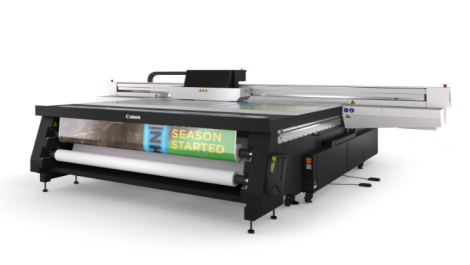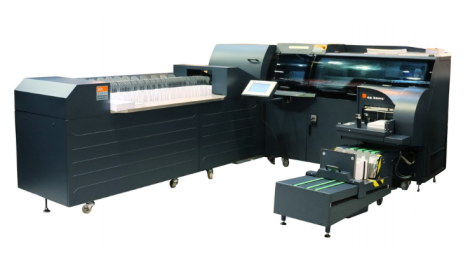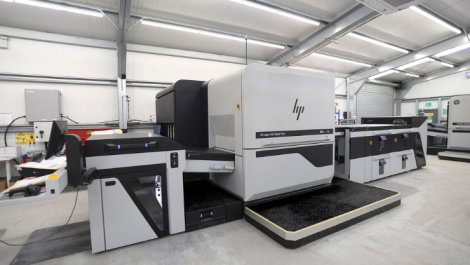The growing photo products market provides new business opportunities for forward-thinking print service providers. Antony White from Canon explains the potential with reference to the latest market reports.
Since early 2009, when it was still relatively ‘undiscovered’, the photobook market has grown rapidly and today, photo print services present exciting opportunities for forward-thinking print service providers.
The growth of photobooks and other photo printed merchandise has been fuelled by the increase in digital photo volumes and digital photo libraries over recent years. According to research by Futuresource Consulting released in November 2011, 123 billion photos were stored online in 2010 – around 20 photos for every person on the planet. The reason for this, of course, is the enormous growth of digital photography. More and more consumers are taking photographs digitally and sharing them online. But online sharing is only the first step, and growing numbers of amateur photographers are looking for new ways to show off their photos.
Already worth more than 646 million Euros in 2010 (about £542 million), the photo print services market is expected to grow to more than 212 million units and a market value of 787 million Euros in 2015 (about £660 million). This may not seem a huge growth over five years, but there’s wide variation between different countries.
Variable take-up
At present Germany is by far the largest photobook market in Europe, responsible for about a third of all sales. The UK still lags behind, with about 8 of the market in 2010 according to InfoTrends. However, this means that there’s still considerable potential for growth: InfoTrends predicts UK sales will almost triple between 2009 and 2015, which is a much larger growth rate than it predicts for Europe taken as a whole.
Independent research commissioned by Canon in 2010 identified photobooks as the application most likely to drive business forward in the graphic arts industry. Online ordering dominates this market, compared to in-store sales. Many print service providers have already invested in a digital production press and short-run finishing equipment and therefore have the capacity for personalised, high quality digital printing and finishing. Consumers and organisations who buy photobooks, and those who haven’t yet done so, represent a lucrative potential market for them. These print service providers have a great opportunity to supplement their digital printing activities with the high-value, high-margin pages that photobooks represent.
Higher margins
Photo merchandise, and in particular photobooks, can yield a much higher margin than many print service providers may already be getting from their other digital print output. Combined with the fact that consumers are spending progressively more on photo merchandise – some 87% of photobook purchasers expect to spend the same or more on their next photobook – it becomes clear that there is definitely still money to be made in this market. And because the number of consumers discovering photo merchandise is still growing, this area offers print service providers a strong platform through which to attract new customers.
Consumers are by no means the only market for photo merchandise. Photobooks and large format prints are increasingly popular among professional photographers, who can offer wedding albums as part of a wedding photography package or large format prints of family portraits. The dimensions and variety of photobooks are increasing, with the number of pages having reached an average 42 sides in 2009 and large and custom sizes growing in popularity. As a result of this move towards larger books and more pages per book, the average price of photobooks in Western Europe increased in 2009 to reach 29 million Euros, according to FutureSource.
For marketers, photo-intensive products can be 84% more effective in generating sales or revenue, and 91% more effective in reaching customers, according to InfoTrends: Business Applications for Photo Publishing (2009).
One of the driving factors behind the huge growth of photo merchandise is the simplicity with which customers can create and order the products that they want. The fact that 90% of the photobooks ordered in Western Europe in 2009 were ordered online – according to Futuresource Consulting (2010) – serves as strong evidence of this. This means that investing in the right web to print interface and workflow solution is vital when taking steps into this market, whether targeting consumers directly or the organisations that sell to them.
The quality of the photo merchandise being produced is every bit as important as a simple and user-friendly ordering system. If the equipment print service providers are using doesn’t produce high-quality photo prints, their customers won’t come back.
That’s what print service providers should be looking for when moving into photo print services – ease of use and quality. It is these elements that will ensure that their customers come back and that they will be so thrilled with the product that they tell (and show) their friends and colleagues.
Antony White is European & UK professional print product business developer – Solutions, Professional Print Solutions, Canon Europe.
Contact: www.canon.co.uk




